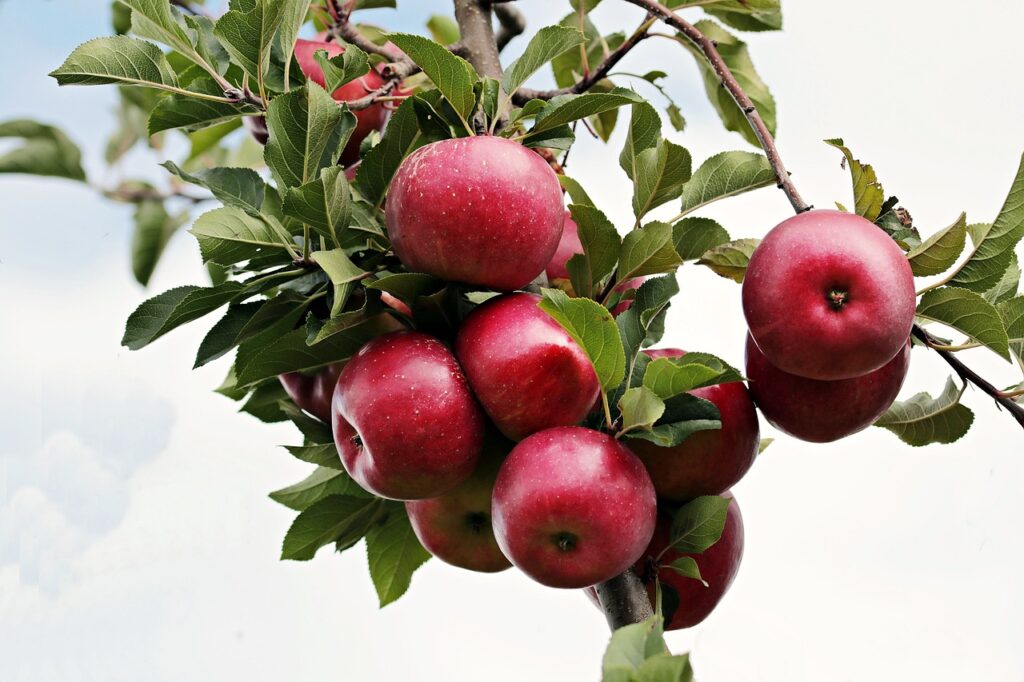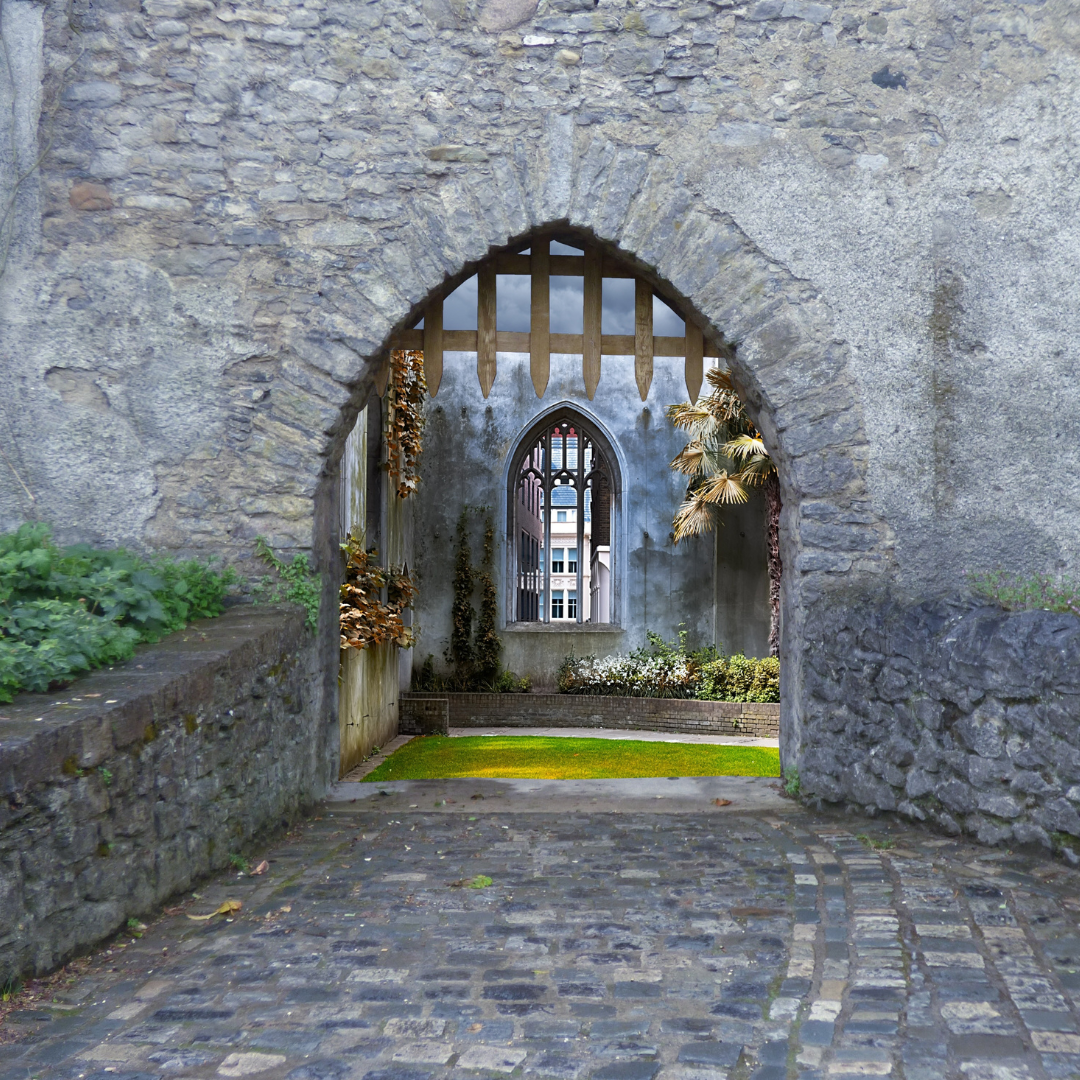Apples and Honey
Though the Torah never identifies the fruit eaten by Eve and Adam, in our culture, that fruit has become an apple. And given the ubiquitous nature of Christian symbolism in our society, most people also identify that first fruit with original sin, and more specifically with the sin of Eve. It is therefore important for us to reclaim the apple for what it is in our own tradition, not a symbol of women’s sin but of our initiative, our active sexuality, and our role in saving the Jewish people.
Janet Zimmern notes that when the Babylonian Talmud (Sotah 11b) depicts God as the original Midwife of Israel, this Divine birthing takes place under apple trees. According to the tale recounted in this section of the Talmud, when the Israelites were in Egypt, the women seduced their husbands, conceived and gave birth in apple orchards. As there were no midwives in these fields God served as midwife to the Israelite women. Thus, apples can be seen as a symbol of women’s insistence on their sexuality and their claim to the future, even in times of enslavement. To see apples in this light helps move us away from associations of women’s sexuality as sinful. This is especially important at this time of the year when we must remain attuned to the difference between repenting for things we feel we have done wrong and remaining insistent that certain culturally defined sins are in fact not sinful at all.
Raisin Challah
According to Judith Solomon, the Ashkenazi custom of eating raisin challah on Rosh Hashanah is tied to the biblical story of Abigail. Abigail, one of the seven women considered a prophet by the rabbis of the Talmud, appears in the early chapters of the First Book of Samuel. She is portrayed in this story as a smart woman who recognizes the importance of the soon-to-be-king David. She overturns her boorish husband’s snub of David and presents David with many gifts including two hundred loaves of bread and one hundred clusters of raisins. Her speech to David is a richly nuanced, strategically brilliant display of foresight and cunning. It is also a carefully articulated request for forgiveness for the previous wrongdoings of her household toward David and his party. David, won over by Abigail’s speech and gifts, decides to spare her and her household. Ten days later her husband dies, and she becomes a wife of the first king of Israel.
What does this story have to do with the High Holidays? The hint is the ten days. Which ten days pass between Abigail’s speech and the miraculous death of her husband? According to the commentators, the ten days of repentance. Thus it was on Rosh Hashanah that Abigail came to David with bread and raisins, taking her future into her own hands and changing the course of her life. Let us all tell this story around our own tables as we enjoy raisin challah and pledge to speak out on our own behalf as the prophet Abigail did on a Rosh Hashanah long ago.
More Shofar Symbolism
The horn, a very ancient symbol of the new moon, has long been connected to women and their menstrual cycles. At the entrance of a cave in southern France there is a wall carving from 25,000–20,000 BCE of a Paleolithic goddess holding a bison horn in one hand while she rests the other on her round belly. In the Song of Hannah, read on Rosh Hashanah, the horn is mentioned twice, in the first and last verses. According to Rabbi Lisa Edwards, the reference to “a horn exalted by God’s annointed” in the first verse of Hannah’s song makes new sense in the context of Rosh Hashanah. Edwards points out that the shofar is further connected with Hannah by midrashim that associate the number of benedictions recited during the shofar service with the number of times Hannah mentions the name of God in her song.
The other matriarch who is tied by midrashic literature to the sounds of the shofar is Sarah. According to diverse rabbinic commentaries, Sarah cries out at the discovery of the deed of the Binding of Isaac. Her cries are the sounds of the shofar.
First published in Ma’yan’s Journey, Fall 2000













